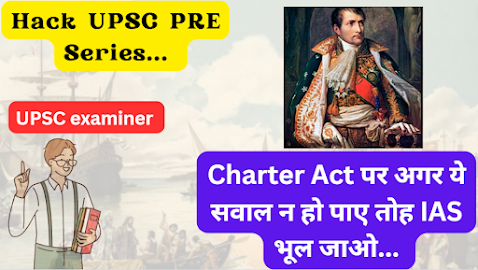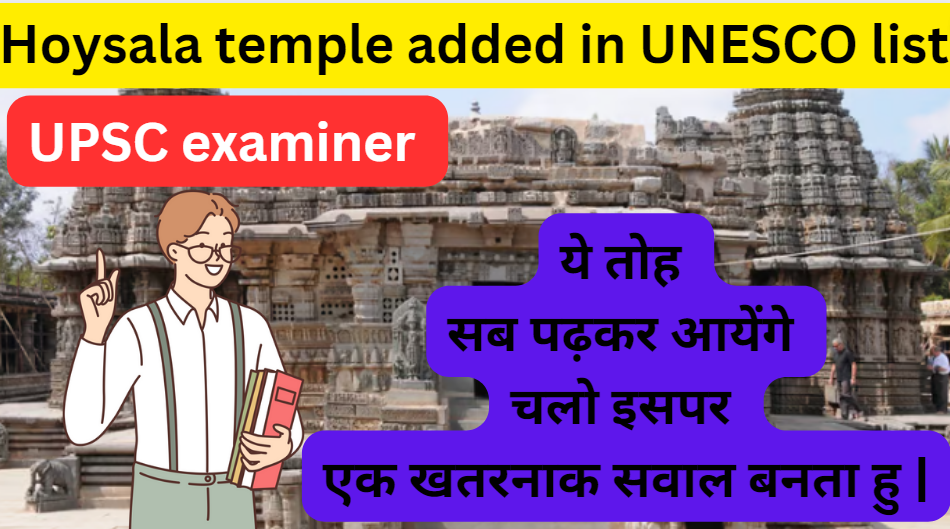Consider the following organizations/bodies in India: 1. The National Commission for Backward Classes 2. The National Human Rights Commission 3. The National Law Commission 4. The National Consumer Disputes Redressal Commission How many of the above are constitutional bodies? UPSC pre 2023

Consider the following organizations/bodies in India: 1. The National Commission for Backward Classes 2. The National Human Rights Commission 3. The National Law Commission 4. The National Consumer Disputes Redressal Commission How many of the above are constitutional bodies? (a) Only one (b) Only two (c) Only three (d) All four Answer - A Analysis - Easy , Factual, contemporery affair Explaination The National Commission for Backward Classes(NCBC) was in news Because it got constitutional status by Constitution (Amendment) Act, 2018 (also called, 102nd Amendment Act, 2018), under Article 338B. NHRC statutory body established under the Protection of Human Rights Act, 1993 National Law Commission: executive body whose chief function is legal reforms in the country. National Consumer Disputes Redressal Commission- A quasi-judicial and statutory body was established in 1988 under the Consumer Protection Act of 1986. Tip Make a table of all the bodies in the ne...











